Ryan Korban: Interior Designer
Photography by Adam Krause
No one can forget the hammock. Made of lush black fox fur, it hangs in the center of Alexander Wang's gleaming white New York store in SoHo, adding a touch of opulent whimsy to the young fashion designer's brand. It also has made Ryan Korban quite a few enemies. "I get lots of mean emails," he admits. As Korban's most high-profile commission, the space -- which also includes a tufted leather lawn chair and a metal cage -- has come to define his visual mix of black, white, chrome and... animals. "I'm trying to define luxury for a new generation," Korban, 27, says. "And luxury for me is not treating things as if they are precious. I think things should be used. The new luxury is the use of luxury."
The collaboration between Korban and Wang began years ago when the two became friends while at college (Wang at Parsons, Korban pursuing cultural studies at the New School). Since then, Korban has designed Wang's TriBeCa apartment and his showroom. "We would bounce ideas off each other," he explains. "He's one of the very few people with taste I trust." Korban also finds inspiration at luxury hotels because they can do so much with so little space. His own apartment is a perfect example: It's packed with treasures, including a stuffed African grey crowned crane from a Paris taxidermist.
"I like anything that shines or glistens," he says. "Someone once told me that being attracted to shiny things was a sign of ADD."
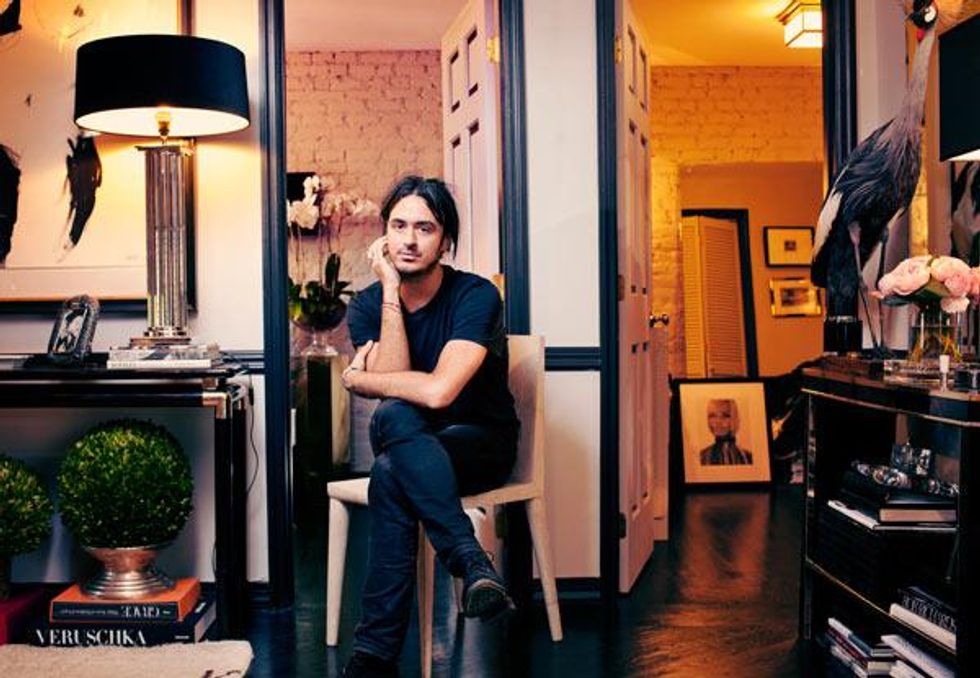

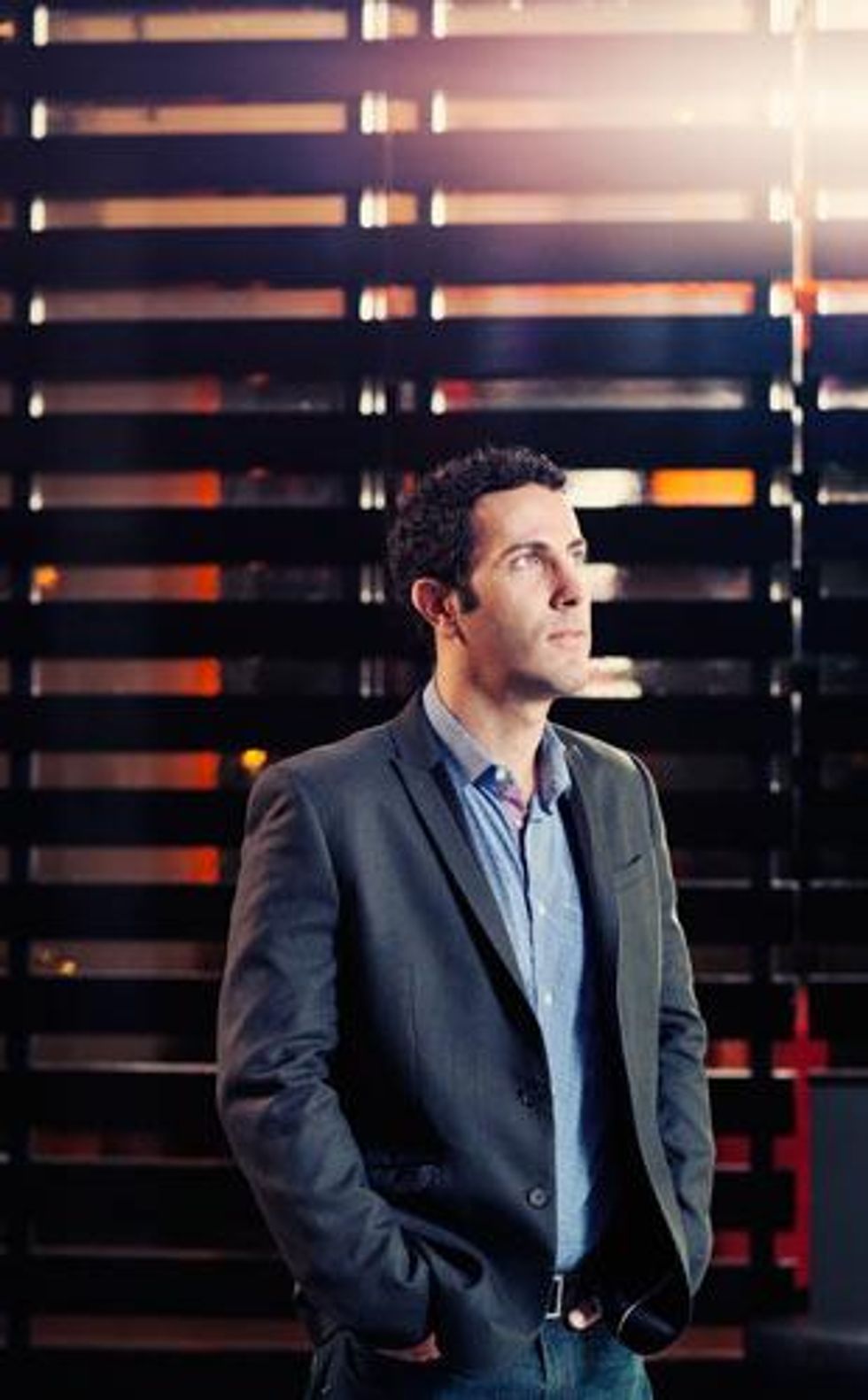
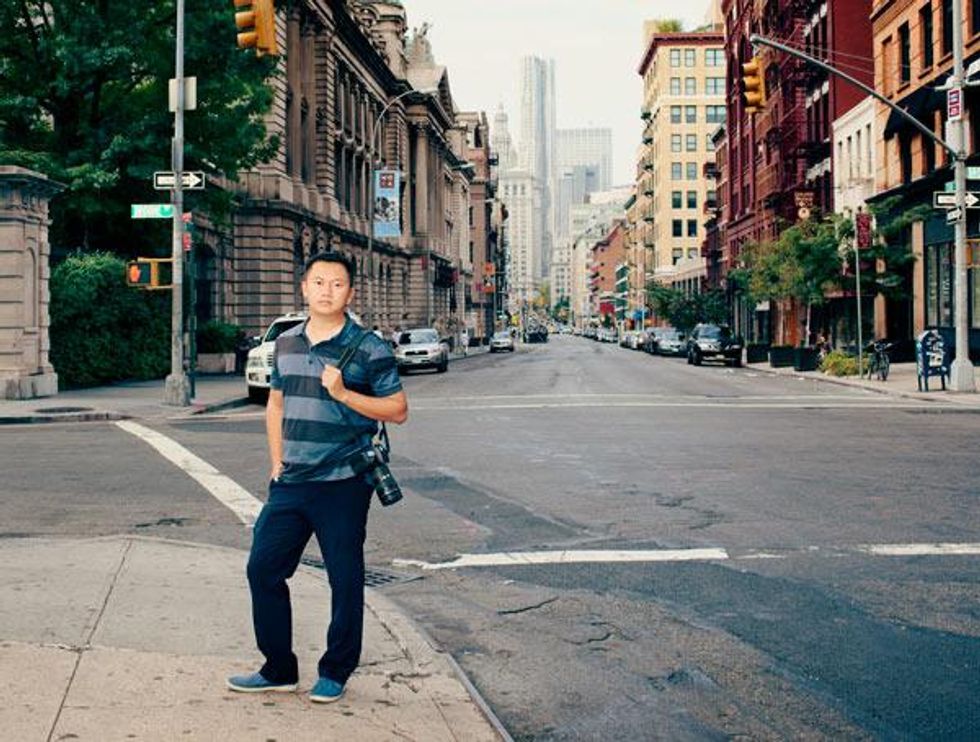

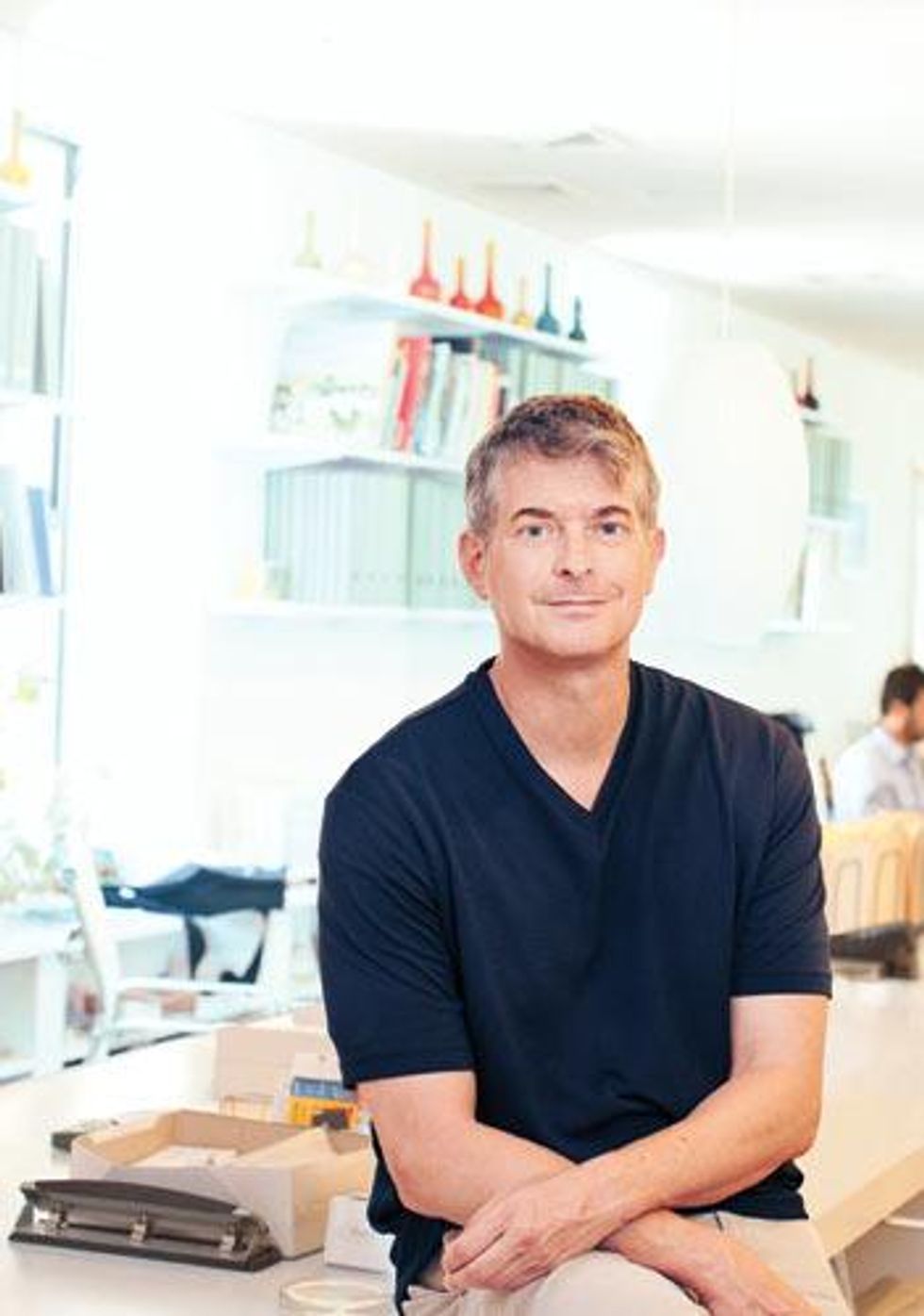
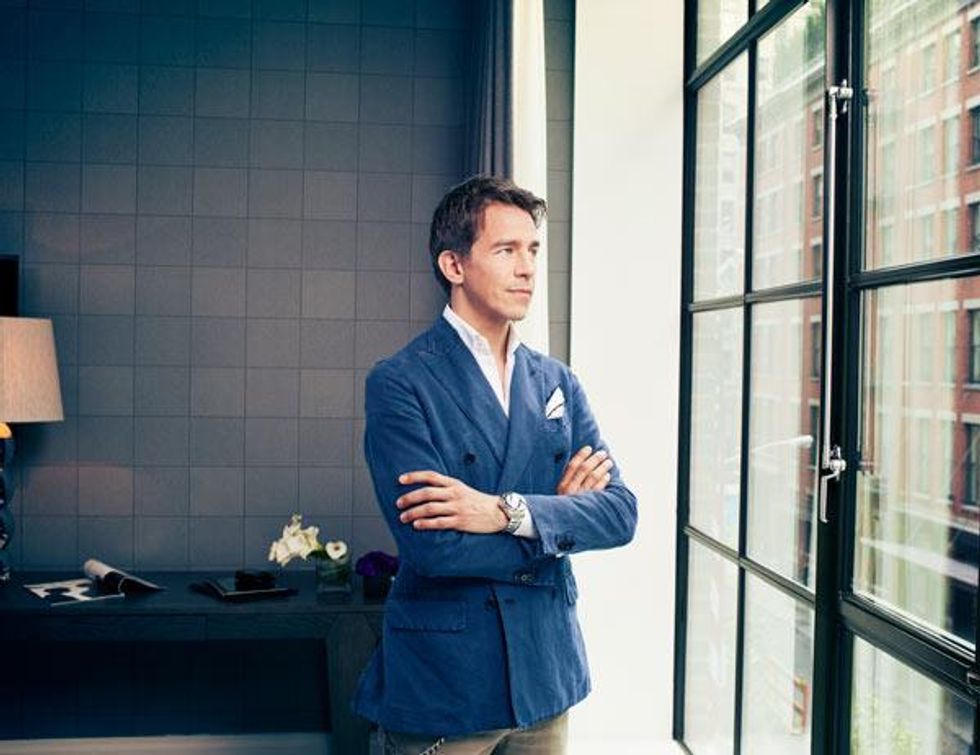
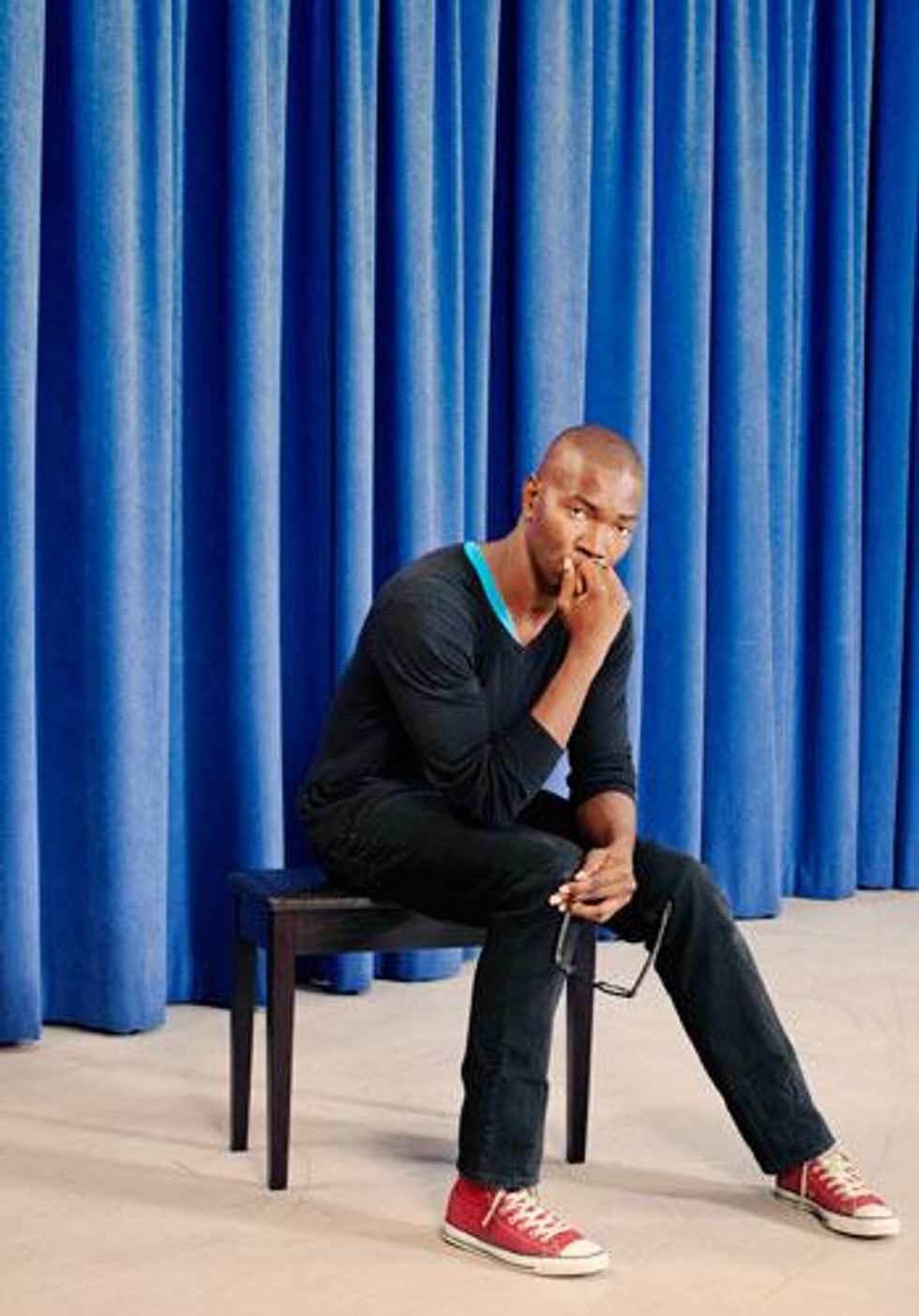
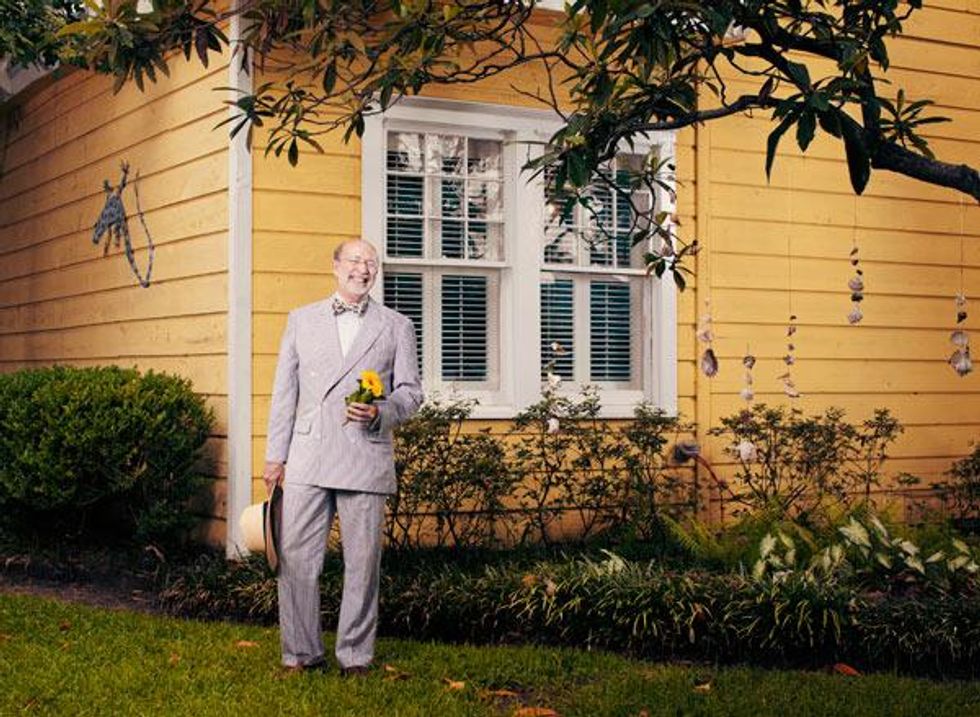




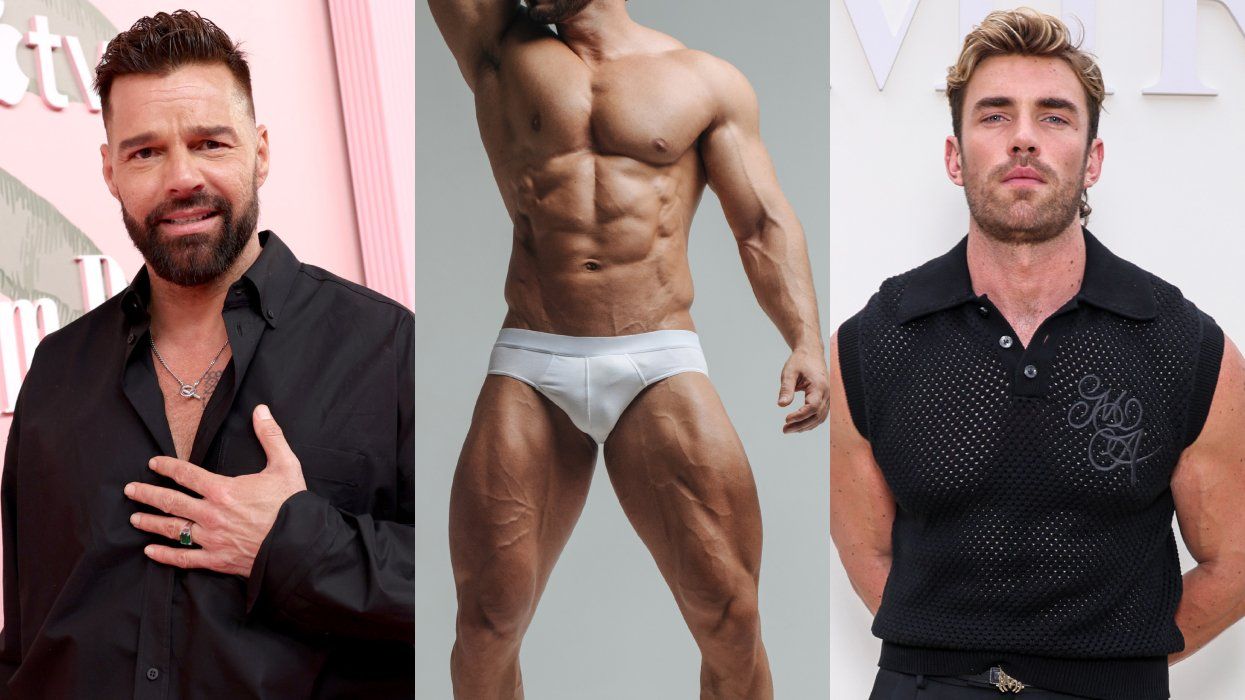




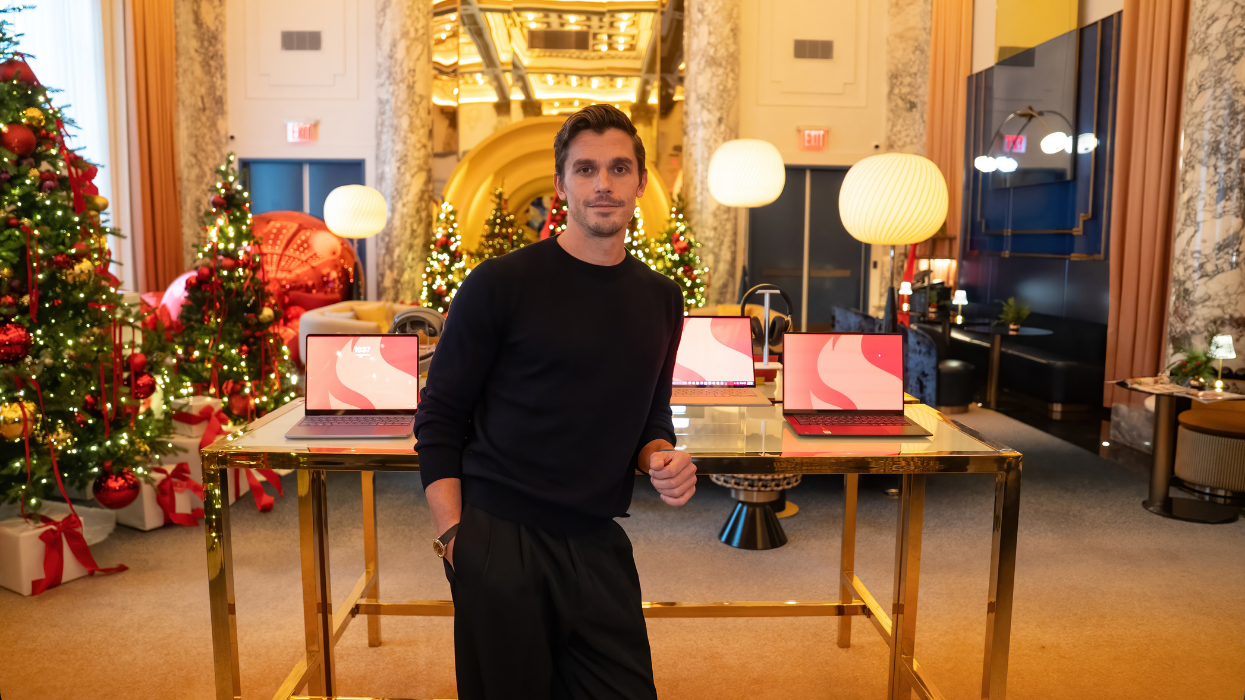

The 13 gayest Thanksgiving foods, ranked
Ranking the 13 gayest thanksgiving foods